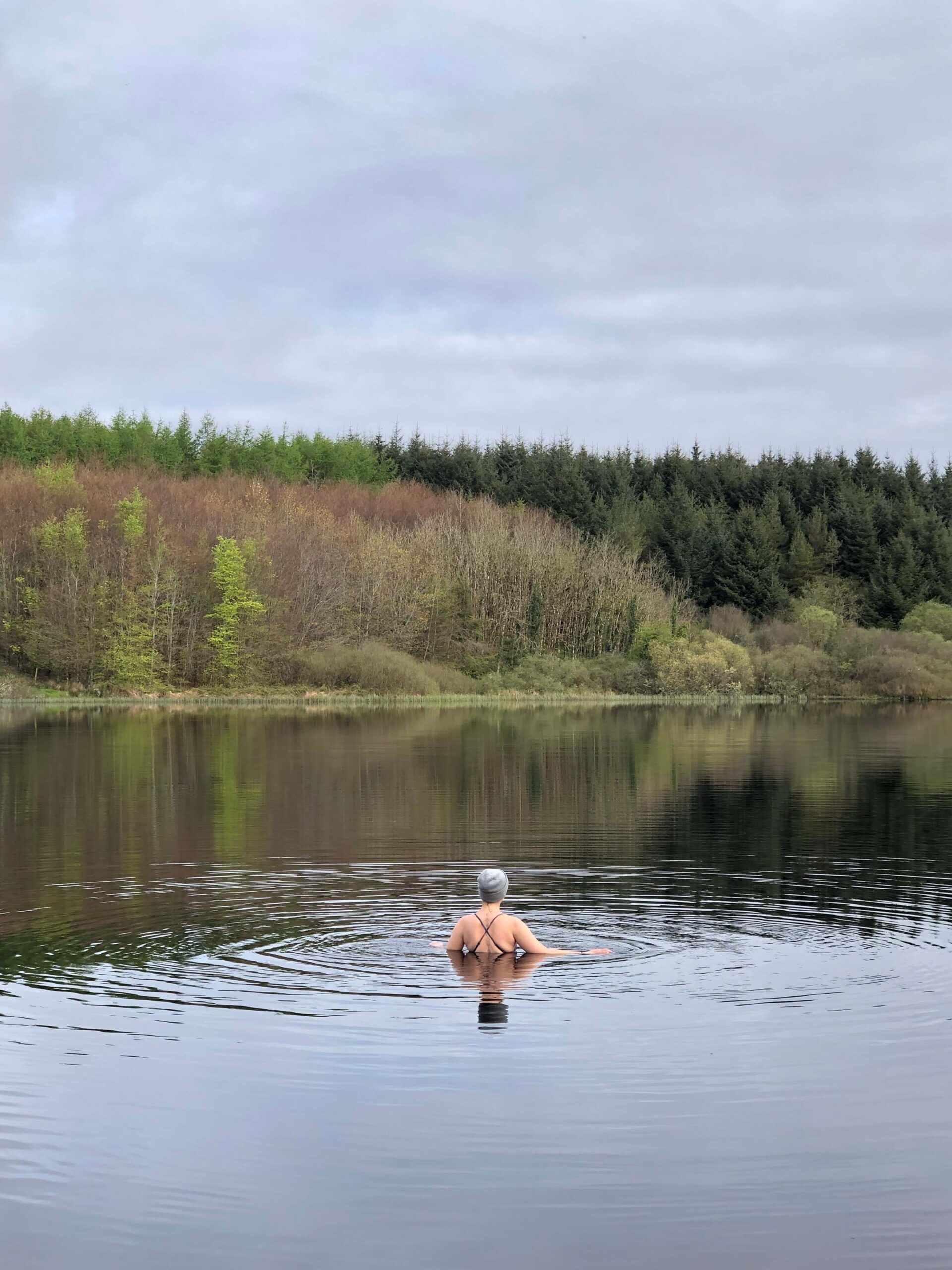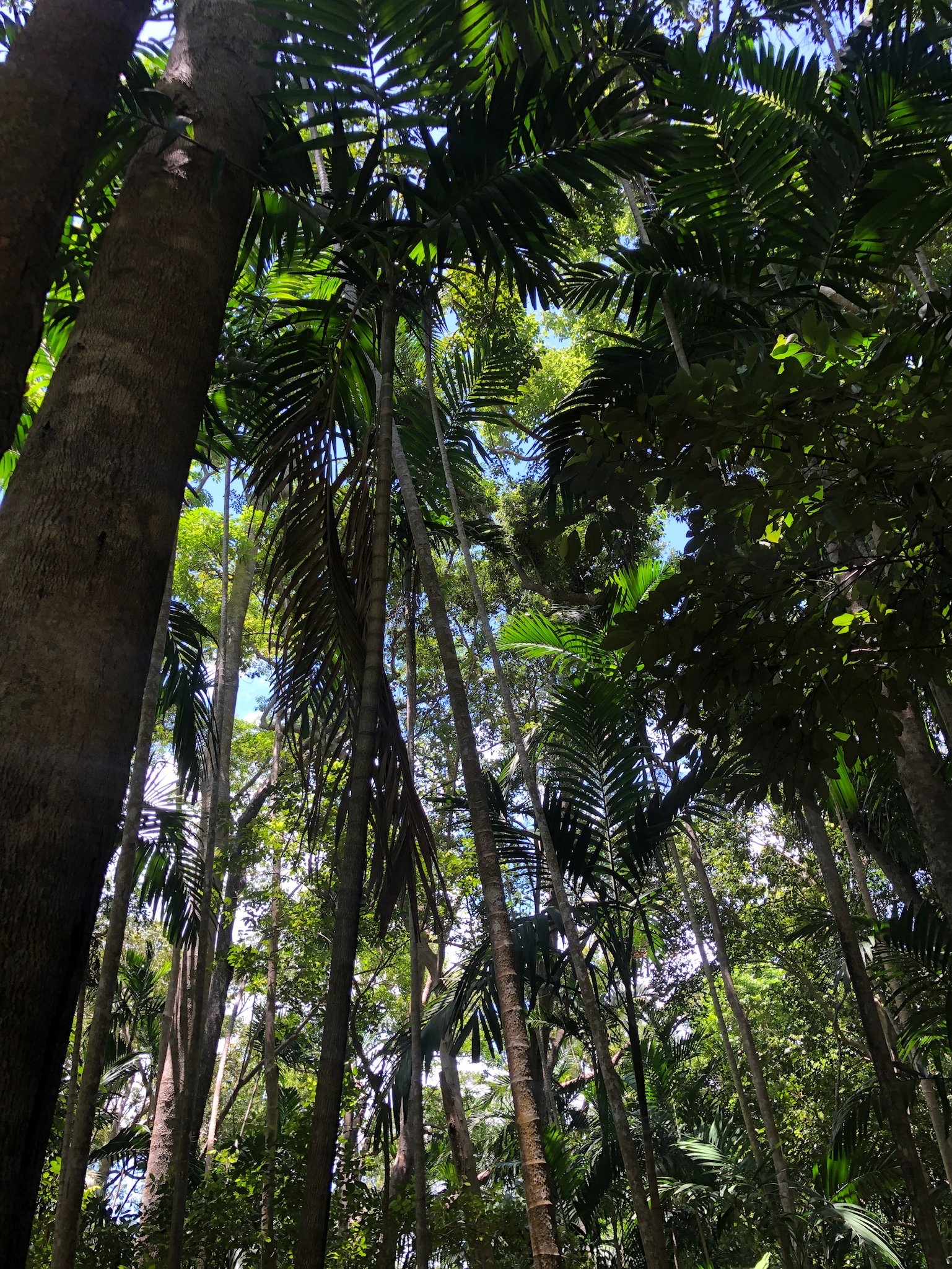What are the Benefits of Cold Water?
Just to be clear, I still use cold therapy, but I’m now more selective about when and how, as new research has made me more mindful about its effects.
Cold water therapy is well known for its ability to improve physical recovery and is a useful tool for supporting wellbeing.
For people new to cold water, the key scientific benefit is the creation of cold-shock proteins, which are produced when we spend time in cold environments. These proteins are linked to longevity, though other factors also play a role.
Alongside the rising fame of cold-water advocate Wim Hof, interest in cold therapy has surged, creating a perfect storm of popularity.
How I Got Into the Cold
My first cold water experience was guided by the wonderful Breatheolution on the Unguarded Warrior Retreat. When people ask me how I manage the cold, it’s simply because I was introduced to it in the right environment to face that challenge.
Cold water is not something to muscle through—it’s the opposite. It’s something to approach mindfully, with a calm mind and controlled breathing.
I have used the cold to support my physical health, and it has guided my mental health too. There can be an incredible feeling of overcoming adversity that comes from time in the cold.
Since starting my cold water journey, I have used cold showers as the main way to experience cold. From July 2023 to October 2024 I aimed to cold shower every day, turning the taps to cold after starting with a warm shower. I used the cold shower as a way to simulate the benefits in lieu of a cold plunge, along with cold water swimming when possible.

In the cold with Breatholution
Changing How I Use the Cold
However, I was watching Ross Edgley on YouTube discuss sauna and cold exposure. He mentioned that he had stopped regular cold therapy while still maintaining sauna use.
This comment sent me down a rabbit hole about how cold exposure affects muscle adaptation. I found that because cold water is so effective at improving recovery, it might actually hinder muscle growth.
One study examined whether multiple cold-water immersions help with muscle recovery after exercise. Researchers split 30 active men into two groups: one took 20-minute ice baths (10°C) after exercise and daily for three more days, while the control group just rested.
The ice bath group recovered from soreness faster and had less muscle swelling, but also showed lower muscle damage markers. While this helped with recovery, it suggested that frequent cold exposure might limit muscle growth. (Link to research)
As expected, ice baths reduced soreness, but because they also lowered muscle damage and swelling, they could interfere with the natural muscle adaptation process needed for gains.
Personally, I have stopped using the cold on days of intense training to maximise the muscle gains. With the only exception coming on weeks when I am planning intense exercise for days in a row. For example, when Amber and I are in the middle of a long distance hiking trip, I don’t mind getting in the cold, because my goal is recovery, more than muscle gains.
What you take away from this article will depend on where you are in your cold-water journey. If you’ve never tried it, maybe this is your sign to give it a go this year. But if you’re already using cold therapy regularly, this might be a prompt to reconsider how it fits into your broader health and fitness goals.

Relaxing in the cold plunge on Tony Riddles Running retreat










